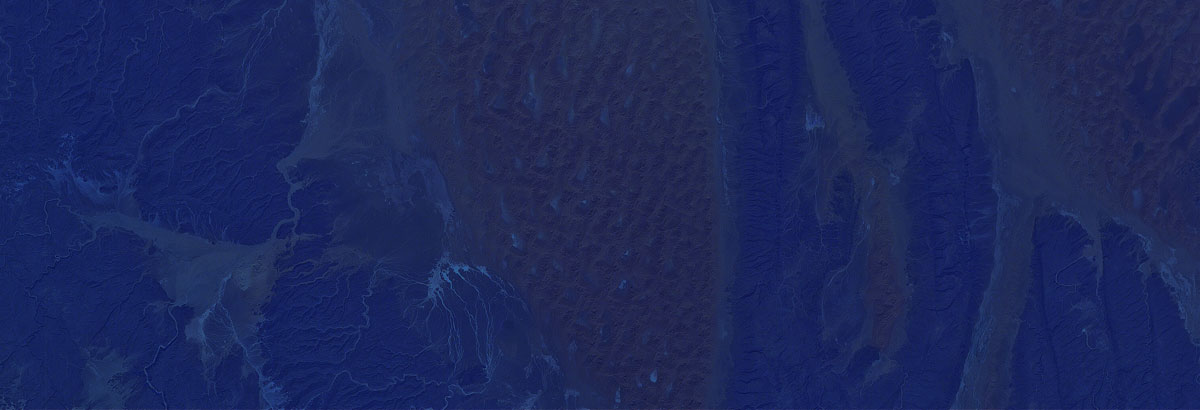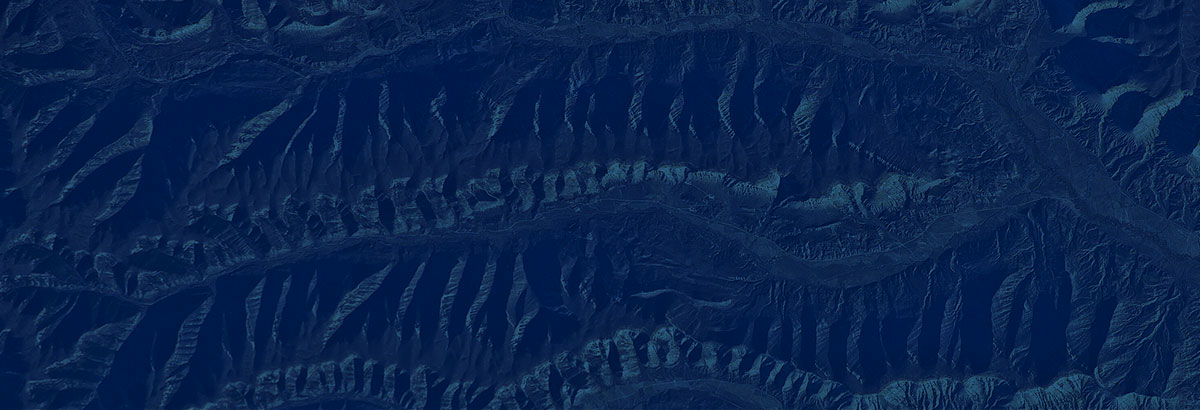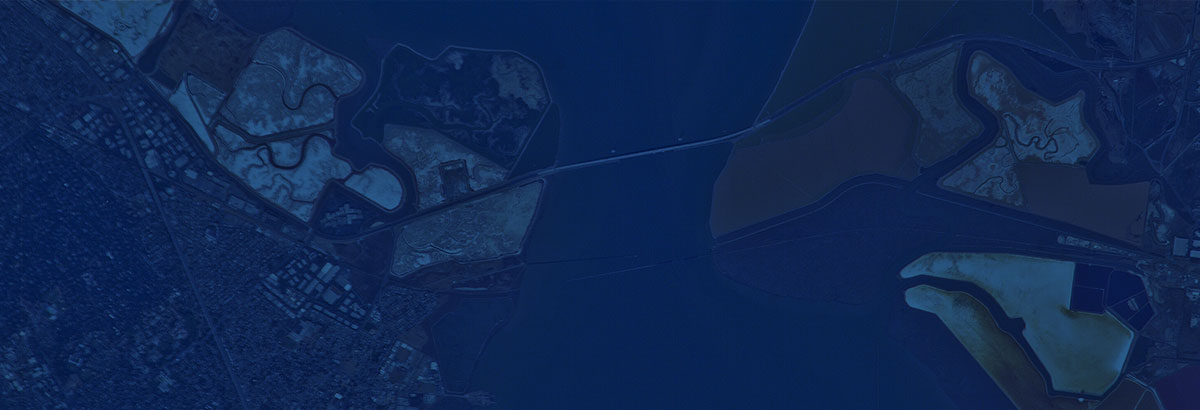B612 Response to National Science and Technology Council report and NASA Discovery Mission selection
January 10, 2017
(REVISED)
B612 Response to National Science and Technology Council report and NASA Discovery Mission selection
Last week brought news for the field of planetary defense and the worldwide effort to protect the Earth from large and dangerous asteroid impacts.
First, the “National Near Earth Object Preparedness Strategy” report from the White House National Science and Technology Council (NSTC) presented a list of strategic goals to address the risk of large asteroid impacts. B612 Foundation wholeheartedly agrees with these goals, in particular the first goal:
“Finding NEOs as early as possible is the first priority for planetary defense, in order to give adequate time to make decisions and implement courses of action. This fact must be stressed: the earlier a NEO threat is detected, the better the emergency response to the threat will be. However, accurately predicting their orbits and understanding their structure and composition are equally critical to assessing the NEO impact hazard and how to best respond to a NEO impact threat.“
The fact that the U.S. government is taking this threat seriously is of course a good first step, but implementation steps will not be known until a later “Action Plan” is released.
NASA also announced the winners of the Discovery Program mission selection, and NEOCam, an infrared space telescope for finding and tracking Near-Earth Asteroids, was not chosen for full flight funding. However, NEOCam did receive an additional year of funding, known as an extended Phase A study. This extended study will allow the NEOCam concept to further its development, which we applaud.
As stressed in the NSTC report, and advocated by B612 , such an infrared observatory would be a significant complement to the under construction Large Synoptic Survey Telescope at finding asteroids larger than 100 meters across. Professor Roger Blandford summarized the problem well when he noted that
“planetary defense is currently treated as a scientific issue, and forced to compete with other science missions instead of being seen as a long-term imperative for the protection of humanity and an opportunity for the United States to provide international leadership on a globally important problem.“
We urge the new Administration to direct NASA or another involved agency to fund an asteroid hunting infrared space telescope through an open solicitation rather than a science mission competition (e.g. Discovery), since the primary purpose would be for planetary defense and space development. We can neither deflect nor exploit an asteroid we have not found yet. Here would be a great opportunity to show U.S. leadership.
B612 believes defending planet Earth from dangerous asteroids is within our capability in the near future. However, to reach our planetary defense goals will require continued and strong collaboration among government institutions, academic institutions, private organizations such as B612, and international bodies.















